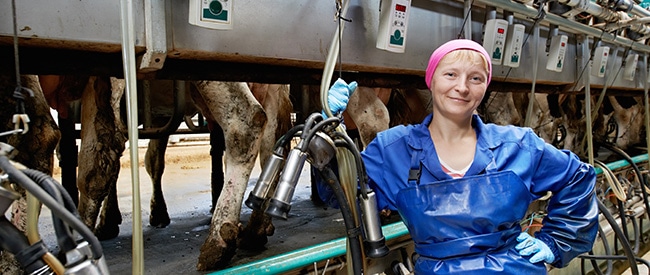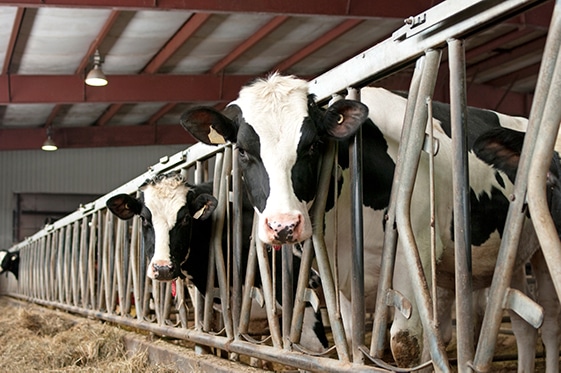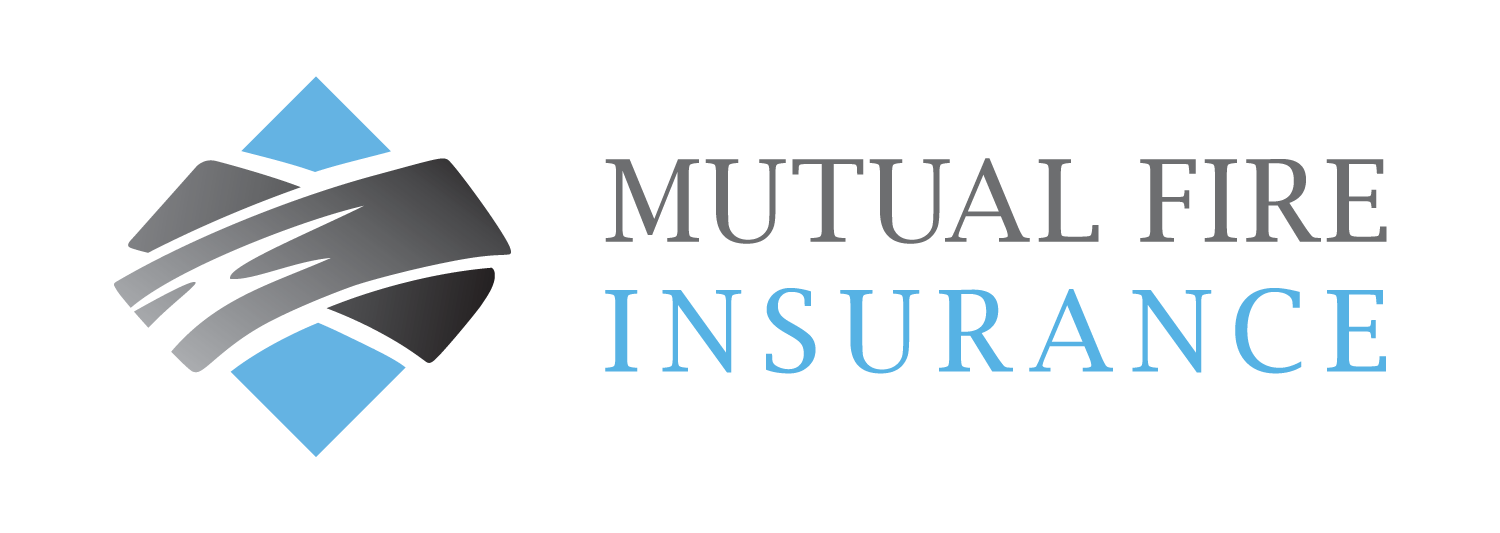Risk Management on the Farm: Dairy

Risk management on the farm helps protect everyone. This five-part series introduces various safety challenges on different types of farms, check out Part 1: Poultry; Part 3: Ranch; Part 4: Grain; and Part 5: Fruit and Berry.
Arguably, dairy farming can be one of the most labour-intensive farm operations with demanding milking times, feed management, and machinery. Improving dairy risk management practices can provide some peace of mind for farmers and minimize the risk of experiencing a loss.
Milking Parlour and Refrigeration
Whether you’re running the latest robotic, rotary milking parlour; a standard herringbone parlour; or something in-between, the milking process is the crux of your operation. By taking the time to improve safety practices during milking, you may also improve yield!
Some items to consider for dairy risk management in the milking parlour and refrigeration tanks include:
- Clear protocols for cleaning the parlour and refrigeration tank(s)
- Comprehensive staff training on using equipment
- Regular maintenance and inspection for farm machinery, equipment, and computers

Manure
There are several ways to collect and manage manure on a dairy farm and generally it will be moved into a pit, lagoon, or tank for later use as fertilizer. The pit can create many dangers for both livestock and humans. Consider the following for risk management:
- Build strong fencing around the manure pit
- Be aware of oxygen levels near the pit, consider wearing a noxious gas detector for hydrogen sulphide, methane, and ammonia
- Agitate manure to avoid lethal gas bubbles, ensure ample ventilation around the storage area
- Prepare a safety evacuation plan should a cow or person fall into or be overwhelmed by the gases
- Ensure there is no run-off of manure into local waterways

Dairy Barns
Fire is always a danger that comes to mind in a barn. Simple housekeeping and management tips can vastly improve dairy risk management in the barn.
- Clean out cobwebs, the webs collect debris and dust and can catch fire when blown into a light fixture
- Ensure proper daily clean out of manure
- Schedule regular electrical inspections
- Ensure winter heaters are permanently installed on a sturdy surface and rated for commercial/agricultural use
- Store feed, hay, straw, and flammable liquids in another building away from the main barn
- Hold a fire drill
- Install a fire alarm and sprinkler system in the barn
- Install fire extinguishers throughout the barn
- Schedule regular maintenance/inspections of any robotic milking equipment
- Host regular comprehensive training for all employees for all types of equipment and livestock
Technology
Collecting data on cow and udder health, reproduction, and feed are incredible tools for dairy farmers. But what happens if that data is lost or corrupted? Adding cyber risk practices to a dairy risk management plan is a great initiative to start if you haven’t already.
- Update computer system and software on time
- Back up data in a cloud or on external hard drives stored away from the main computer
- Password protect your network
- Change passwords regularly with complex passphrases
- Learn the signs of social engineering emails to avoid phishing, malware, and ransomware attacks
If you have any questions about your farm insurance policy and how it may protect you in the event of a loss, please reach out to your insurance broker.

